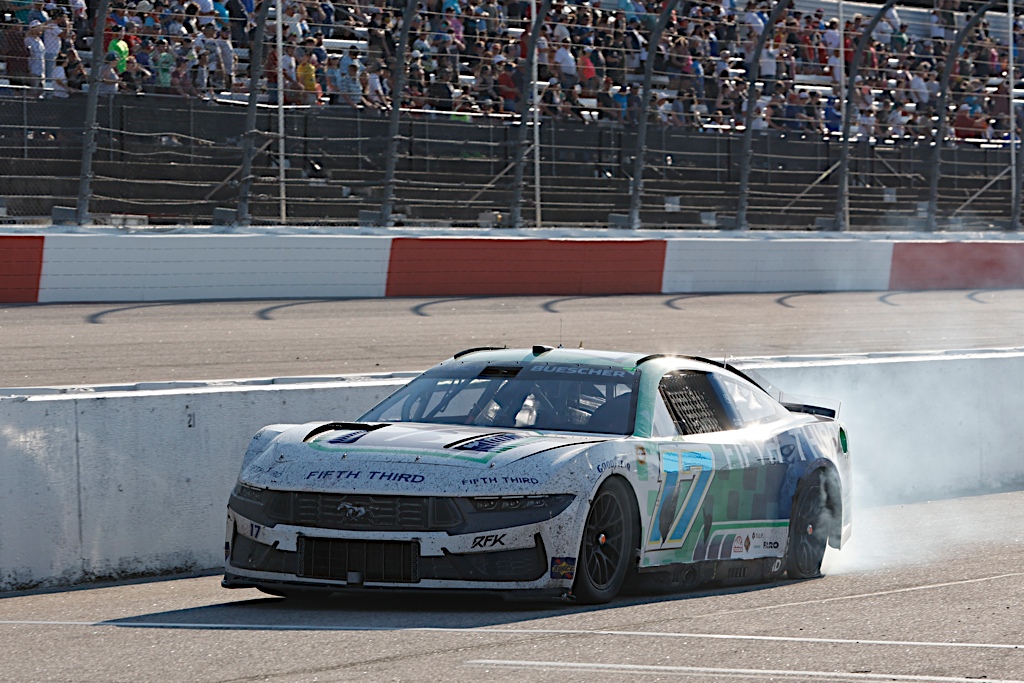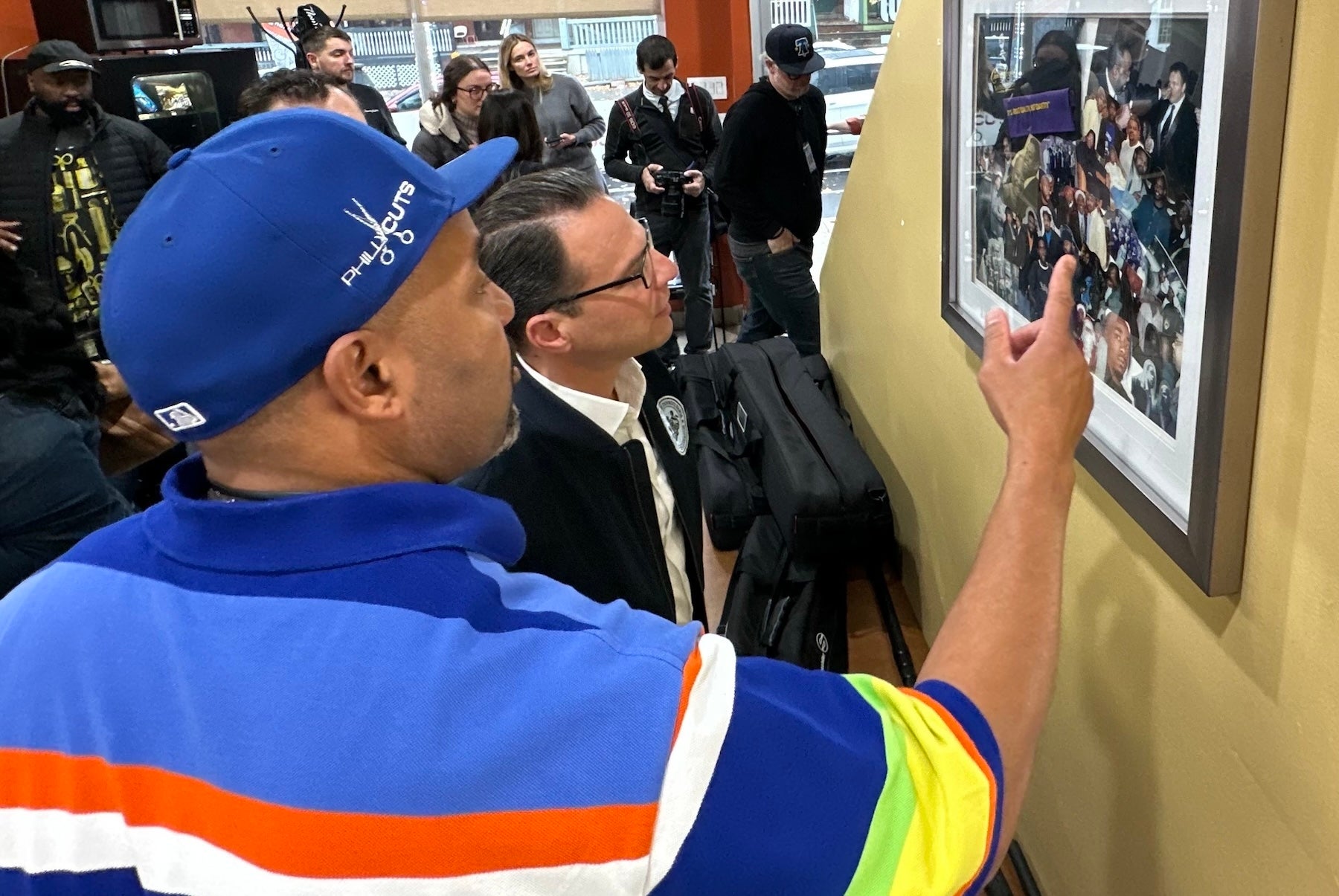Fashion
In typical fashion, Darlington amplified NASCAR Cup Series rivalries – Speedway Digest – Home for NASCAR News

Sunday’s NASCAR Cup Series race at Darlington was a tale of two Roush Fenway Keselowski Racing drivers, whose results at the Lady in Black couldn’t have been more different.
In Victory Lane, accompanied by his family and awash with elation and relief, Brad Keselowski celebrated the end of a 110-race drought with his first win as an RFK principal.
Parked on pit road—and seemingly a world away—Chris Buescher leveled the full force of his anger and frustration on pole winner Tyler Reddick, who had deprived the RFK driver of his chance to win the race with an ill-advised attempt to take the lead with nine laps left.
It was the second time in as many weeks that Buescher had seen victory slip from his grasp. On May 5 at Kansas Speedway, Buescher led at the white flag, only to have Kyle Larson beat him to the finish line by 0.001 seconds in the closest finish in NASCAR Cup Series history.
At Darlington, Buescher held the top spot when Reddick steered to the inside entering Turn 3 but slid up the track into Buescher’s Ford, pinning it against the Turn 4 wall. Both cars suffered cut tires, and Keselowski charged into the lead as Reddick and Buescher brought their cars to pit road.
Buescher finished 30th and Reddick 32nd, but there’s a vast difference in their respective positions in the standings. Reddick has clinched a Playoff spot with his victory at Talladega. Buecher is 12th in the standings, without a win, and with an uncomfortable 15-point margin above the current Playoff cut line.
When Buescher strode toward Reddick’s Toyota to confront his adversary after the race, Reddick immediately tried to defuse the situation.
“I know—I (screwed) up. I’m sorry,” Reddick said.
Buescher was having none of it. Pointing to the winner’s sticker on Reddick’s car, Buescher retorted, “That doesn’t work for me. We don’t have that sticker on our door right now.”
On Monday, Reddick appeared on SiriusXM NASCAR Radio and explained why he tried to make his move with nine laps left instead of waiting for a better opportunity.
“From where I was sitting, I could see he was loose,” Reddick said. “But he was starting to really figure out (Turns) 3 and 4. He was starting to really get it dialed in. It wasn’t going to be long until he was able to really rip the top in 3 and 4 good.
“Between that and just his lane choice in (Turns) 1 and 2, I though next time around we go into 1 and 2, he was going to take my lane away, and that was going to be it. He did it five or six laps earlier and was able to open the gap back up.”
Reddick added that he had reached out to Buescher on Monday, but by mid-day he had not received a reply.
Obscured by the late fireworks between Buescher and Reddick was an earlier incident involving William Byron and Ryan Blaney. After a restart on Lap 129, Byron ducked to the inside in Turn 2, creating a three-wide scenario with Martin Truex Jr. in the middle and Blaney on the outside.
Byron’s car twitched, sliding up the track into Truex’s Toyota. In a chain reaction, Truex knocked Blaney’s Ford into the outside wall, crippling the car. On his team radio, an irate Blaney vowed retribution.
As he drove his wounded car to pit road, Blaney buzzed Byron’s car, which was circling the track under caution, but Blaney stopped short of contact with Byron’s Camaro.
“I’m not going to hit him,” Blaney said after the incident. “I’ll save that for another time.”
Coincidentally, Buescher was an innocent victim of the Turn 2 incident. Truex hit Blaney from behind after Blaney smacked the outside wall, and Buescher nosed into Truex’s rear bumper in a chain-reaction collision.
The damage to the front of Buescher’s car may have cost him the ability to drive away from Reddick at the end of the race.
Keselowski thought so.
“I know he had some damage on the car, and that was holding him back a little bit, so he wasn’t able to drive away like you would assume a leader would do in a situation like that,” Keselowski said.
You could argue that Byron’s three-wide move in the second stage of the race played a part in two drivers—not one—looking ahead at the Cup Series schedule with revenge on their minds.
Post Views: 10








